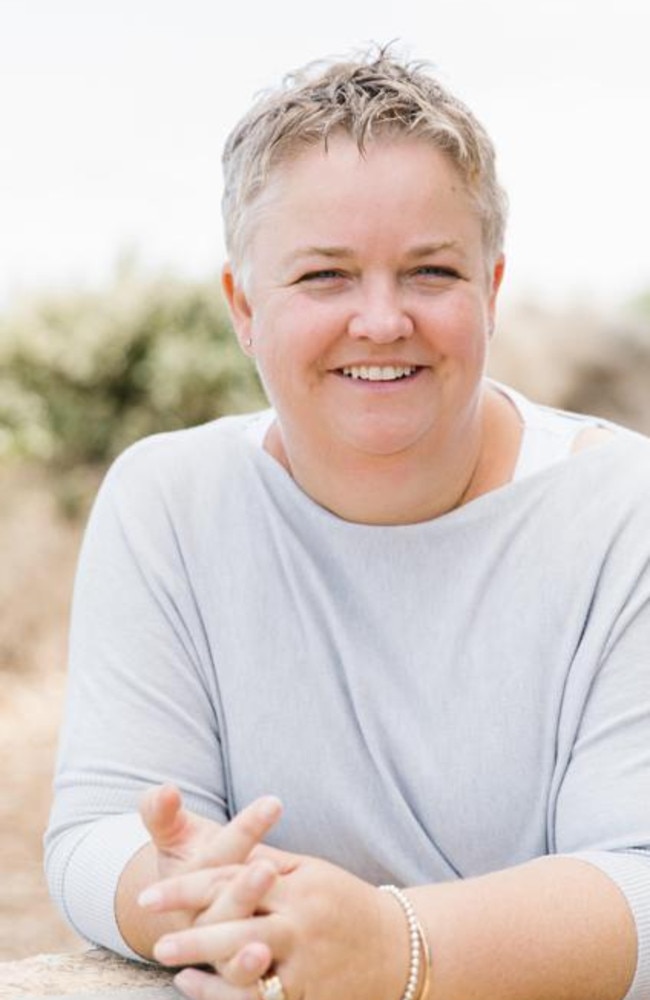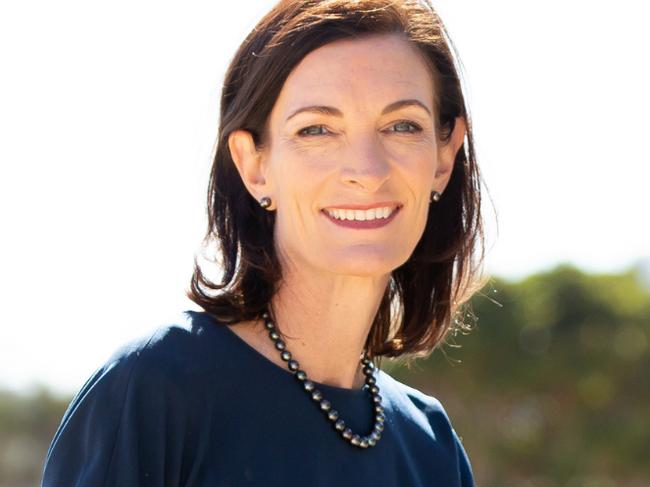The 48 locations where air quality may have reduced IVF success
Exclusive analysis reveals that pollution and air quality reached levels that may have reduced an IVF patient’s chance of falling pregnant in 48 areas. SEE THE INTERACTIVE MAP
Fertility
Don't miss out on the headlines from Fertility. Followed categories will be added to My News.
Almost 50 areas across Australia recorded air quality levels last year that were potentially harmful to IVF success, with guidelines on pollution’s impact on fertility treatment to eventually be considered by the sector’s advisory bodies.
Exclusive analysis of air quality in towns, cities and suburbs across the country reveals that air pollution reached amounts that may have impacted an IVF patient’s chance of falling pregnant or giving birth 157 times in 2024 in 48 locations.
It comes after Australian research published in Oxford Academic’s Human Reproduction journal found high exposure to PM2.5 particles – such as dust, smoke, pollen, bacteria and mould spores – in the three months before egg retrieval could decrease the odds of pregnancy and live birth by up to 34 per cent.
Using that information, this masthead analysed data from IQAir’s Air Quality Index.
It showed air pollution exceeded the critical levels (8.8 µg/m3) cited in the study more than 150 times at Australian monitoring stations last year alone.
IVF specialist Dr Sebastian Leathersich, who led last year’s research, said he didn’t believe that air quality would be a main factor influencing IVF success.
But he said it was “worth considering” postponing egg retrieval during poor air quality events such as bushfires.

“There’s good evidence that exposure to high levels of bushfire smoke decreases the likelihood of having an embryo to transfer in an IVF cycle, increases the likelihood of a pregnancy loss, and is also associated with increased rate of abnormality in the subsequent pregnancy,” he said.
His research additionally found high PM10 exposure (more than 18.63 µg/m3) in the two weeks before egg retrieval could decrease live birth odds by up to 38 per cent.
The study looked at 1835 patients between 2013 and 2021 who had egg collections and frozen embryo transfers at two Fertility Specialists of Western Australia clinic locations.
This masthead’s analysis of pollution levels, found South Australia’s Noarlunga Downs, Smithfield (an industrial area) and Birkenhead (a mix of residential and industrial) had the worst conditions for IVF patients, consistently exceeding identified levels throughout most of the year.
This map shows air quality levels from 2019 to 2024, not just last year:
Longford in Tasmania, where wood heater smoke is a big polluter, recorded the highest PM2.5 reading of 2024, averaging 25.9 µg/m3 in the three months to July.
Safe pollution levels were also exceeded for about half the year in Singleton (NSW) and Darwin (NT) and for about a third of the year in NSW’s Armidale, Muswellbrook, Stockton and Thurgoona; Victoria’s Wangaratta; Queensland’s North Maclean, Tasmania’s New Norfolk, Perth and Westbury; and the ACT’s Florey and Monash.
Independent embryologist and IVF patient advocate Lucy Lines said she believed it was important that clinics let patients know about factors, like air quality, if it could reduce their chances.
“These patients are embarking on expensive and emotionally taxing assisted reproductive technologies, so it’s important they be made aware (of the impact) … if the air quality is bad at a particular time of year,” she said.

The Fertility Society of Australia and New Zealand (FSANZ) said there were no standardised guidelines to do with air quality and pollution, but it was something it would “consider”.
“The recent study offers important findings that contribute to our understanding of factors potentially influencing IVF outcomes,” a spokeswoman said.
“It’s appropriate that this research be shared and discussed within the professional community to prompt further research and exploration.”
The spokeswoman said the study raised the broader question about when formal guidelines should be developed by advisory bodies such as FSANZ.

“While this is not something we are pursuing immediately, it is worth considering following a thorough review of the evidence and an assessment of the potential impact on clinical care.”
Australian New Zealand Society for Reproductive Endocrinology and Infertility president Dr Alison Gee said there was a growing body of literature showing that chronic exposure to poor air quality from pollution or smoking led to poorer reproductive results.
“It highlights the fact that more research is needed into the exact mechanisms by which pollution may affect reproductive outcomes. This in time may lead to established evidence based guidelines,” she said.
Genea fertility specialist Dr Danielle Robson said the research would add to her resources in informing patients.
Monash IVF and Virtus Health – which operates Melbourne IVF, IVF Australia and Queensland Fertility Group – did not respond to questions about whether it discussed these kinds of issues with patients.
Sydney resident Valentina Bogdanovska, 42, said she thought it was important to tell people about anything that could impact their success.

“If there is any form of clinical basis behind it, I think (specialists) should be across it,” Ms Bogdanovska, on her third IVF round, said.
“You walk into this being hopeful, so the more they can tell us the better.”
More Coverage
Originally published as The 48 locations where air quality may have reduced IVF success




